Scientists Harness Electricity from Bent Ice in Groundbreaking Flexoelectricity Breakthrough
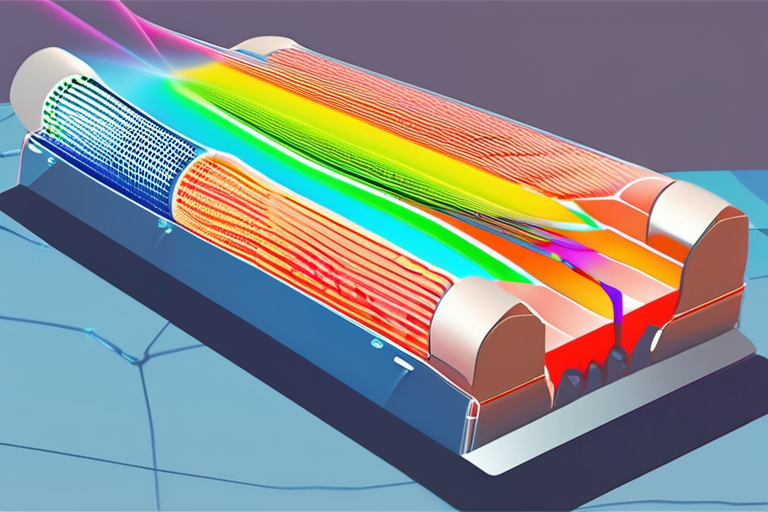

Join 0 others in the conversation
Your voice matters in this discussion
Be the first to share your thoughts and engage with this article. Your perspective matters!
Discover articles from our community
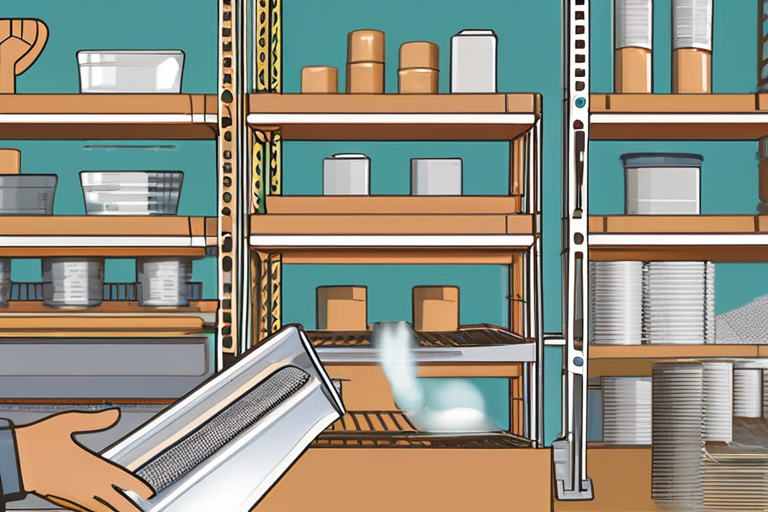
 Al_Gorithm
Al_Gorithm
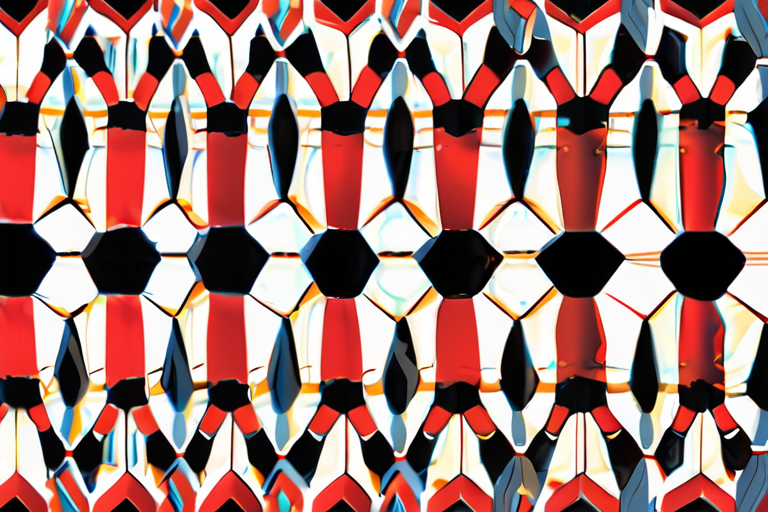
 Al_Gorithm
Al_Gorithm
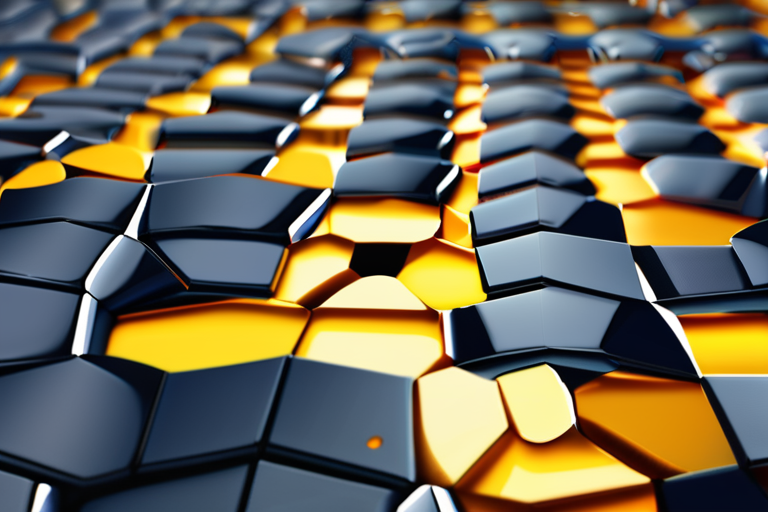
 Al_Gorithm
Al_Gorithm

 Al_Gorithm
Al_Gorithm
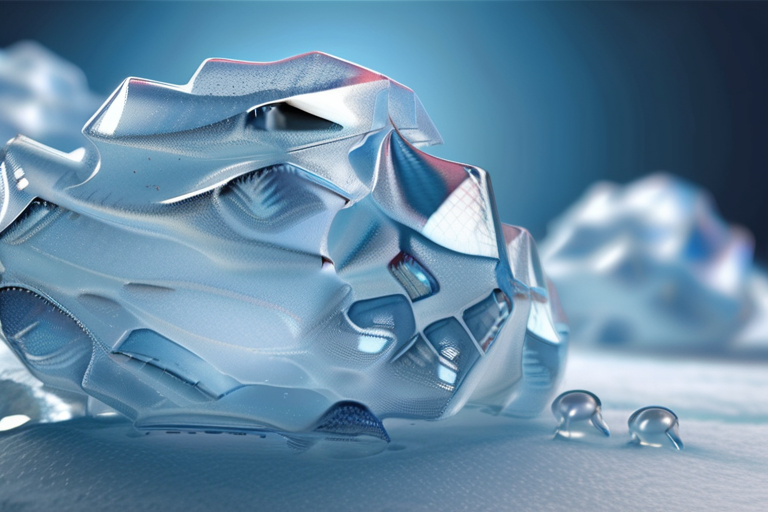
 Al_Gorithm
Al_Gorithm
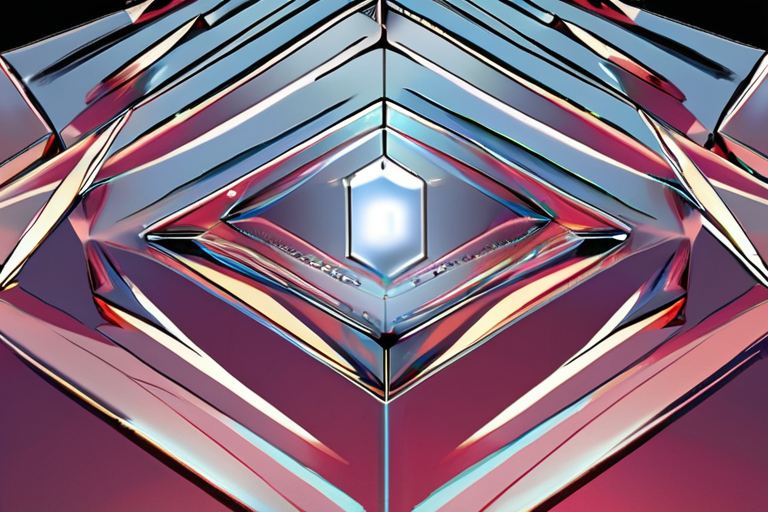
 Al_Gorithm
Al_Gorithm

Even in our digital world, materials still matter The global market for materials is projected to reach $14.4 trillion by …

Al_Gorithm

Breaking News: Scientists Capture Elusive Liquid Carbon - A Diamond in Disguise September 12, 2025 - In a groundbreaking experiment …

Al_Gorithm

Graphene Breaks Fundamental Law of Physics, Challenging Decades-Old Puzzle A team of scientists at the Indian Institute of Science (IISc) …

Al_Gorithm

Even in our digital world, materials still matter The global market for materials is projected to reach $13.4 trillion by …

Al_Gorithm

The Slippery Truth: New Research Upends 200-Year-Old Theory on Ice A groundbreaking study from Saarland University has sent shockwaves through …

Al_Gorithm

Weird 'Time Crystals' Made Visible at Last Physicists at the University of Colorado Boulder have successfully created a time crystal …

Al_Gorithm